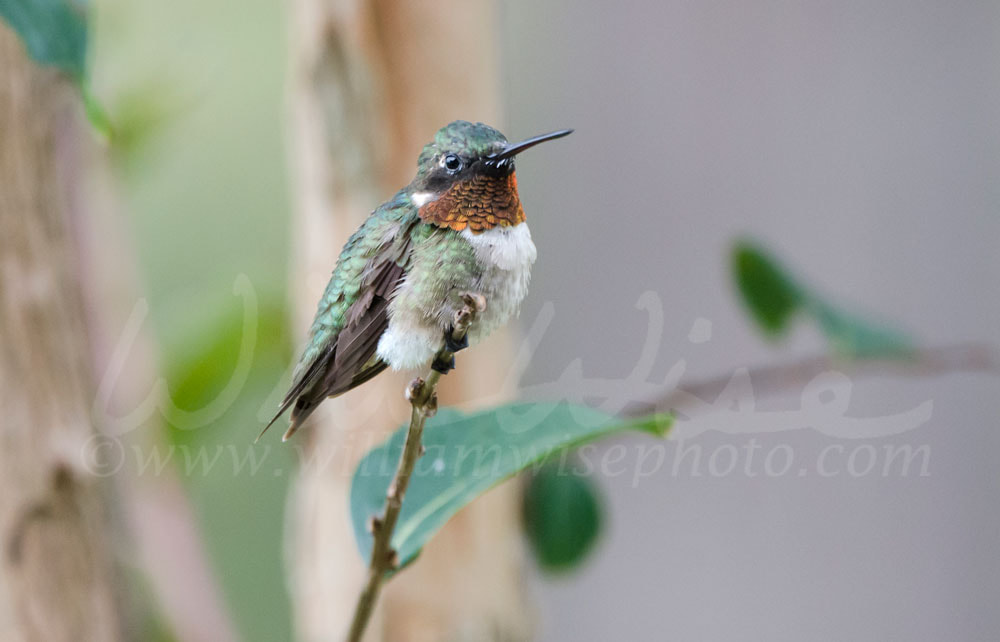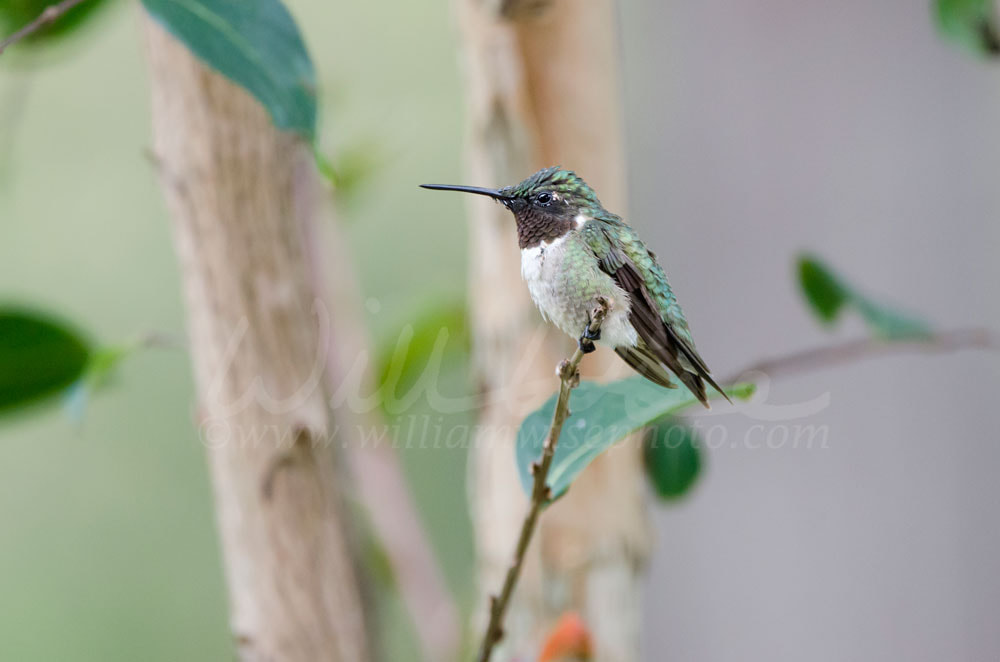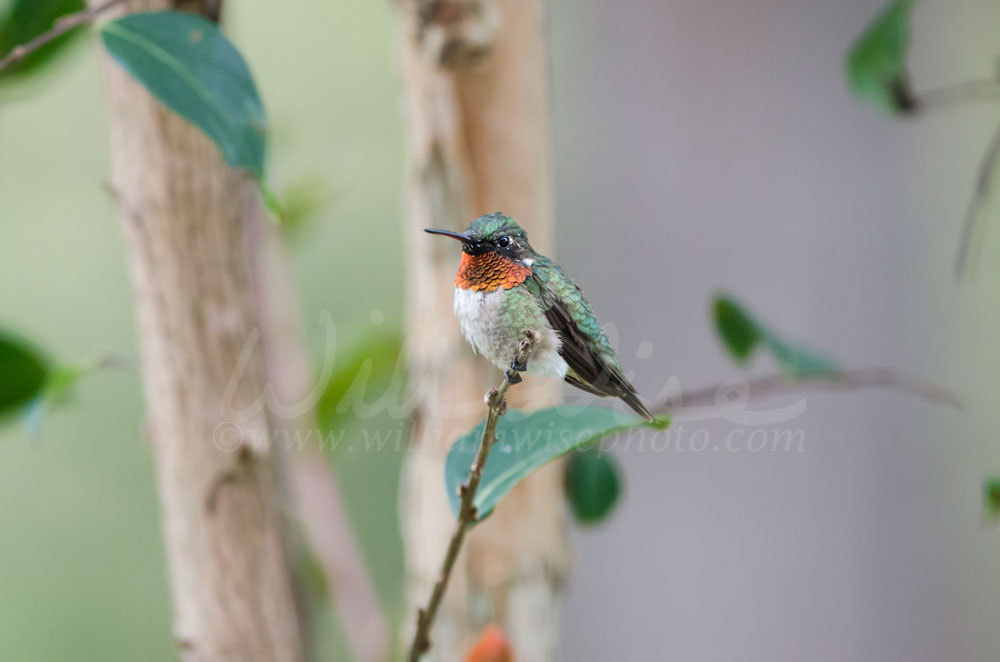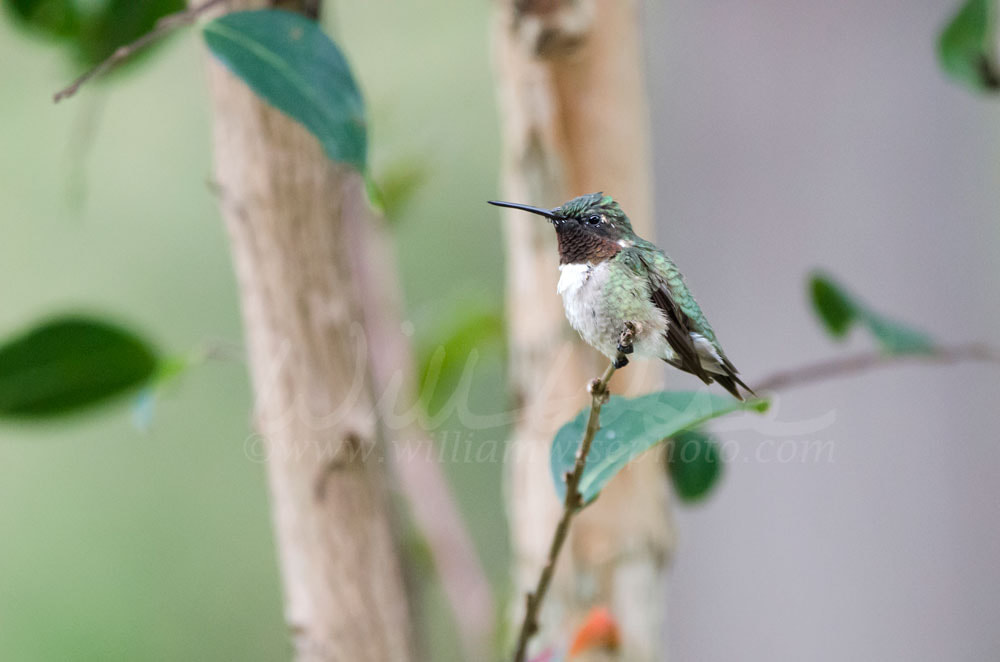 William Wise Photo Nature Notes is a wildlife, birding and nature photography blog documenting the beauty, design and wonder of God’s creation. -- "What a wildly wonderful world, God! You made it all, with Wisdom at Your side, made earth overflow with your wonderful creations." Psalms 104 The Message “’For I am Saruman the Wise, Saruman Ring-maker, Saruman of Many Colours!' I looked then and saw that his robes, which had seemed white, were not so, but were woven of all colours, and if he moved they shimmered and changed hue so that the eye was bewildered.” JRR Tolkien, Lord of the Rings Thursday, 6:31 PM – relaxing on my back patio on a weekday. A free weekday evening seems to be a rarer luxury of late. The Ruby-throated Hummingbird activity has finally picked up quite a bit. My wondering as to why we haven’t had the sky battles between the females like in previous years has ceased. There are now plenty of skirmishes over the feeder. One male will sit and enjoy a close-by perch in the Crepe Myrtle and go for repeated drafts when the coast is clear of the bullying females. I snuck the lens of my 600mm through a crack in the door and watched. It was amazing to see the shift in color on his throat depending upon how he turned his head. One second a dark, drab, then the next a brilliant ruby red! How does this work? Others have adequately described this phenomenon, so I quote them here: "The stunning throat feathers of the male Ruby-throated Hummingbird is what earned the bird its name. When glowing a bright red, it's a sight to behold. But one turn of the head can click off the color, like switching the lights off in a room. "Why is his gorget an iridescent red at times, and at other times, just a patch of dark feathers? You see, the little individual feathers that make up the Ruby-throated Hummingbird's gorget are not red at all. They have no pigment or coloration within them. The color comes from the shape and microscopic structure of the feathers and how light interacts with those microscopic structures. So depending on the lighting and the angle at which you see the hummingbird's throat, the feathers will either appear an iridescent red or a flat black." source Athens, Georgia
0 Comments
Your comment will be posted after it is approved.
Leave a Reply. |
Categories
All
Archives
September 2025
|
|
All content is ©williamwisephoto.com. Please don't steal images. My images are available at dreamstime.com. Stock sales go into the shelter photography program.
|
In December 1993 I came to know the Designer and Creator of this wonderful planet and its creatures: Jesus Christ.
|
Donations help support the animal shelter adoption photography equipment and adoption website hosting and domain fees. Thanks for your support!
|





